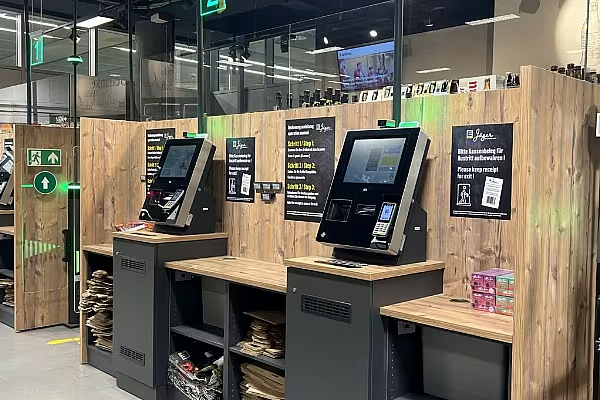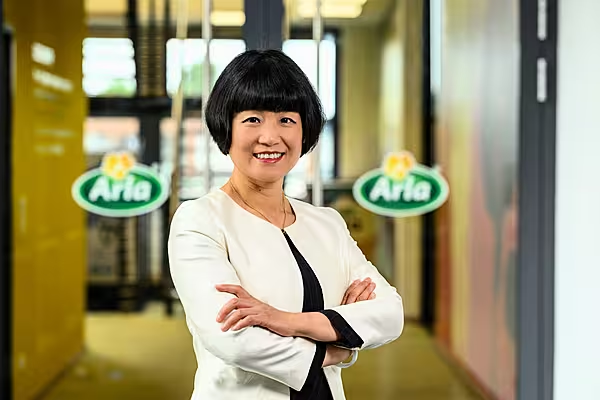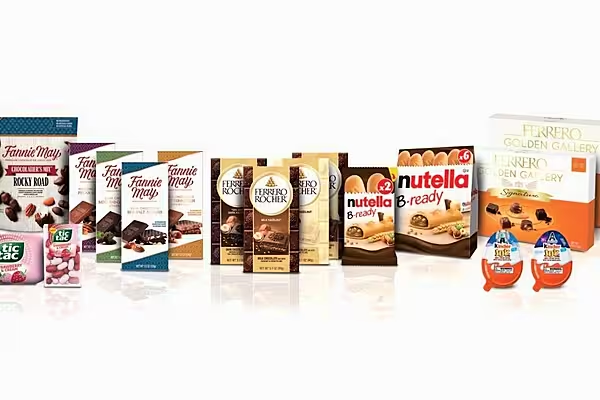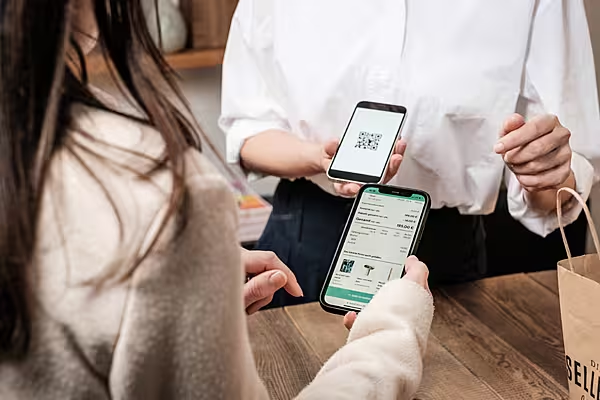A new study by KPMG and the EHI Retail Institute has found that more than seven in ten (71%) younger consumers (aged 18 to 24) in Germany use self-checkouts regularly in store.
The use of self-checkout systems is lower among older age groups – looking at all consumers aged 45 or younger, just 22% use self-checkouts regularly, while this is double that of the 45-65 age group.
Among regular self-checkout users, the main benefits cited include speed, flexibility and autonomy, with the study suggesting a link between the frequent use of self-checkouts and a positive overall shopping experience.
Of those who regularly use such systems, 82% reported a better in-store experience, compared to less frequent users. Satisfaction levels were higher among men (85%) and individuals under 34 (84%).
In contrast, older customers (aged 50 and above) and female customers reported slightly lower satisfaction rates, at 76% and 73%, respectively.
‘Shopping Experience’
“The shopping experience in stationary retail is directly dependent on payment processing,” commented Dr Tobias Röding, project manager at the EHI Retail Institute.
“Customers value the standard use of self-checkouts as a faster and more autonomous option, and perceive the entire shopping process more positively when these systems are used regularly – and this does not only apply to younger market participants.”
Faster Checkout Process
A faster checkout process is also seen as a key advantage, with 62% of respondents appreciating the quicker experience of self-checkouts, compared to traditional cashiers.
This preference is more pronounced among younger shoppers (66%) than among older ones (56%). Additionally, 58% of all customers appreciate the ‘independence’ offered by self-checkout systems.
Despite these positives, a number of drawbacks were also cited – two fifths (40%) find self-checkout systems challenging, while 37% said that they experience ‘stress’ when using them.
The study was based on a representative online survey of 1,000 consumers conducted in September 2024.











